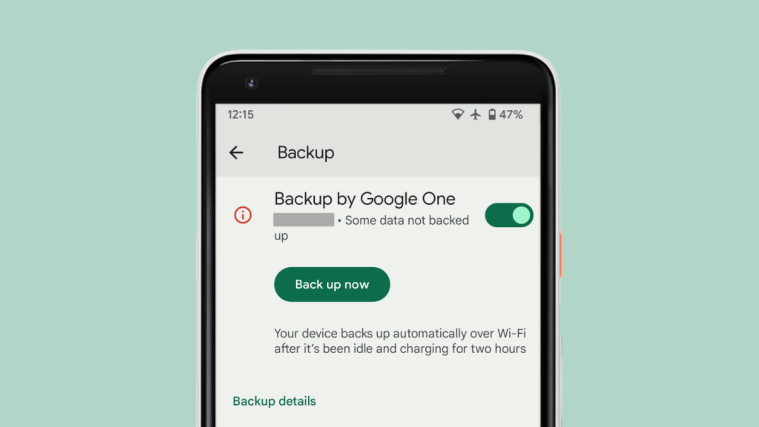The OnePlus 3 is not being sold by OnePlus anymore but we have a legit successor in OnePlus 3T from the remarkable phone maker. OnePlus has believed in providing the best spec-sheet at budget prices, so when SD821 became available they found it fitting that the best performance having a part in their portfolio, which is why axing OnePlus 3 in favor of OnePlus 3T, which also improved on battery and front facing camera big time. But is SD821 is the only reason for creating OnePlus 3T? Let’s find out how it compares with SD820.
The Geekbench is a pretty accepted tool when it comes to benchmarking. Let’s have a closer look at what transpired out of the Geekbench comparison for the OnePlus’ latest device with its predecessor. Even though the margin of difference in the scores was quite nominal mostly, as expected, OnePlus 3T outscores OnePlus 3 in most sectors, although the difference isn’t huge.
The OnePlus 3, powered by Snapdragon 820 gave a single core score of 1802, while the newer Snapdragon 821 chipset in OnePlus 3T gave 1879, an improvement of 3.9%. That’s not big, clearly, and we’re yet to how much this 4% translates in real-world performance.
The multi-core score too profited from the outstanding SD821 processor, with 3T stacking up 4428 points against the OP3’s 4361, which in percentage terms, comes down to just 1.5%. Higher core score would essentially mean that the newer device is empowered to handle multiple tasks more swiftly and without much of a fuss. But at 1.5 increment, only.
What makes the comparison even more interesting is the fact that the OnePlus 3T outscores Google Pixel with 1659, in single core, and 3951, in the multi-core score. So, scores are just numbers, as Google Pixel is currently the best performer among Android devices. But with both OnePlus employing same software, their comparison looks more legit.
Why the difference?
Well, the OnePlus 3T is clocked @2.19GHz with SD821, while on SD820, the clock rate is limited to 1.73GHz. That’s where the performance difference lies.
The OnePlus 3T has better memory latency and memory bandwidth scores than its predecessor, which contributes to its better performance. Face Detection and Speech recognition features have also received a boost owing to the better processor in OnePlus 3T. HDR processing and HTML5 rendering are the other two clear winners in OnePlus 3T Geekbench scores, even in a comparison with Google Pixel.
All-in-all, there is reasonable difference between the two chips, but as it’s not huge, Qualcomm gave the SD821 only marginal numerical advantage of 1 over the SD820.
But it seems it would be far-fetched to say OnePlus decided in favor of OnePlus 3T solely because of new processor becoming available. As, it looks to us that larger battery power and improved camera were the main factor, and areas of improvements noticed based on customer feedback, which led company to revise its flagship in OnePlus 3, and come up with OnePlus 3T, albeit with improved processor.
The OnePlus 3T Nougat update is set to roll out in December and the device won’t be alone to have it, as OnePlus — fearing the worst of let-down-ins from OnePlus 3 users — made it already very clear that the OnePlus 3 would receive the Nougat update at the same time as OP3T. Then of course would come the turn of OnePlus 2 Nougat update, which looks slated for February 2017, while OnePlus X won’t see the Android 7.0 update because of processor incompatibility.





